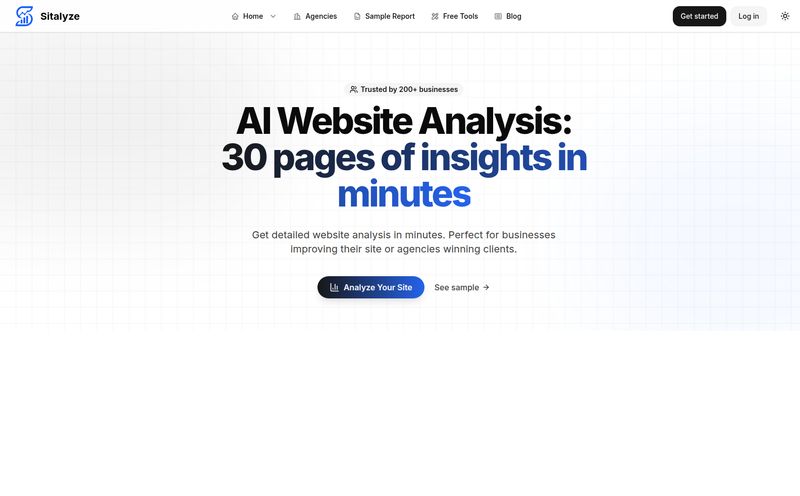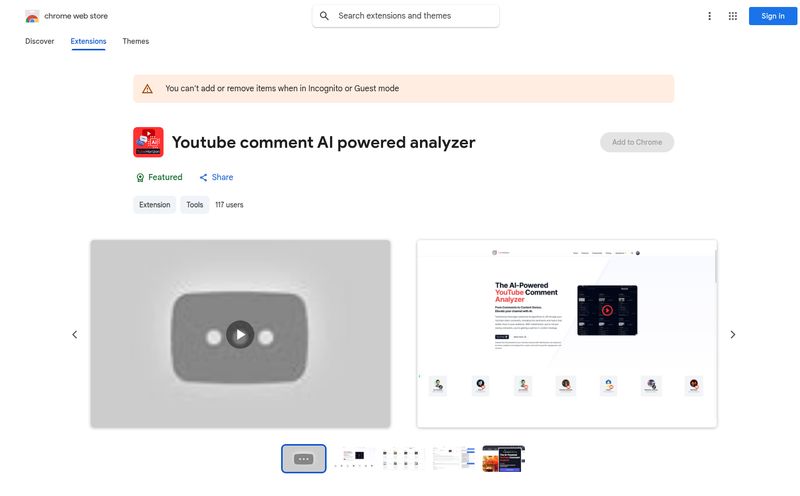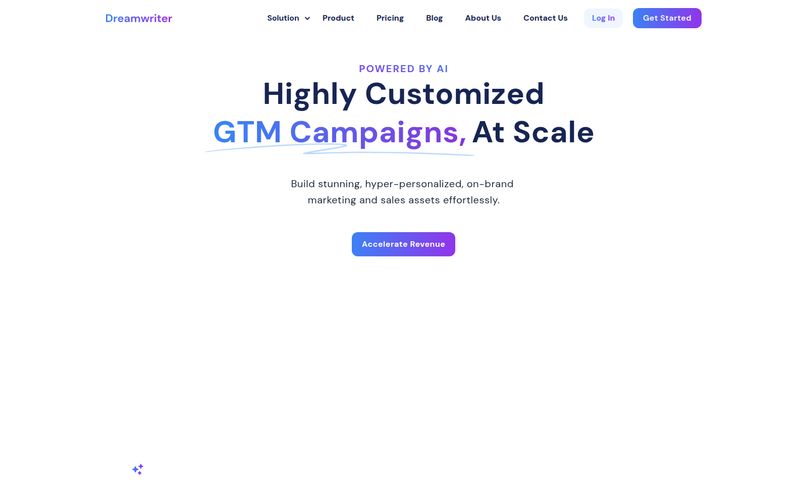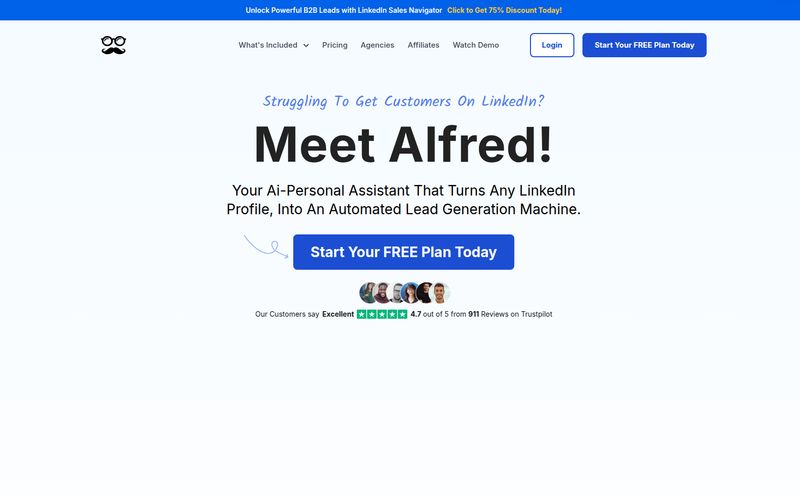If you're in marketing, sales, or any kind of go-to-market (GTM) role, your digital workspace probably looks a little... chaotic. I know mine has. We've all been there, juggling a Frankenstein's monster of Asana boards, Google Docs with six different versions, Slack channels that have devolved into GIF wars, and that one critical email from the sales lead that’s now buried under a mountain of spam. It's exhausting.
For years, we've been promised the holy grail: the single source of truth. A mythical place where marketing knows what sales is doing, sales knows what content is coming, and everyone is rowing in the same direction. Most of the time, that promise feels about as real as a unicorn.
But every so often, a new tool pops up that makes me lean in a little closer. Today, that tool is Collab. It's making some bold claims about unifying GTM teams with a smart, AI-powered platform. So, is it just another drop in the SaaS ocean, or is it the life raft we’ve been waiting for? Let's get into it.
What Exactly is Collab? (And Why Should You Care?)
At its core, Collab is an AI-powered platform designed specifically for Go-To-Market teams. This isn't just another generic project management tool with a fresh coat of paint. It’s built from the ground up to tackle the specific brand of chaos that happens when you're trying to launch a product or run a campaign. It aims to be the central nervous system for your marketing, sales, and business development efforts, connecting everything from campaign planning to sales outreach.
Think of it less like a to-do list and more like a mission control center. The goal is to get everyone out of their siloed spreadsheets and disconnected apps and into one unified space where the entire campaign lifecycle is visible to everyone who needs to see it. In my experience, that visibility alone can be the difference between a smooth launch and a five-alarm fire. A tool that gets sales and marketing on the same page is worth its wieght in gold.
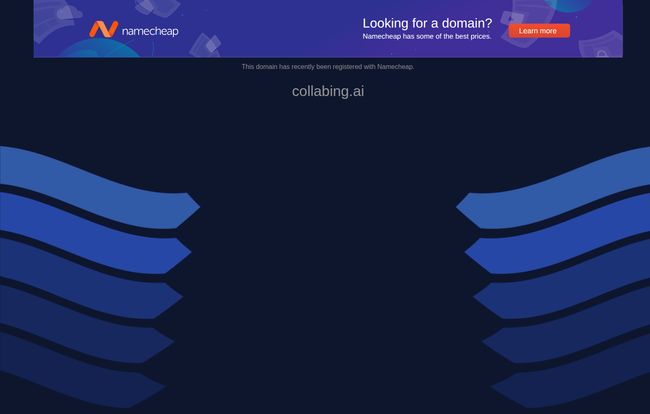
Visit Collab
The Core Features That Actually Matter
A feature list is just a list until you see how it solves a real problem. So let’s break down the parts of Collab that really caught my eye as a long-time SEO and marketing guy.
A Campaign Calendar That Doesn't Suck
I have a love-hate relationship with campaign calendars. Mostly hate. They're often static, ugly spreadsheets that are out of date the second you share them. Collab’s approach is different. Their Campaign Calendar is a living, breathing part of the platform. You can plan your initiatives, see dependencies, and—this is the big one—the sales team can actually see it! They can know in advance when that big blog post is dropping or when the next webinar is scheduled, allowing them to prep their outreach. It’s a simple concept, but so few platforms get it right.
The AI Assistant: Your New Over-Caffeinated Intern
Alright, let's talk about the AI. It's 2024, of course there's an AI assistant. Collab's AI, which leans on OpenAI's tech, is designed to be a practical productivity booster. It can help you bust through creative blocks by generating blog post outlines, it can whip up a series of sales email templates, or even break down a big project into a manageable to-do list. I'm always a bit skeptical of AI replacing genuine strategy, but for getting the ball rolling? It's fantastic. Think of it less as a strategist and more as a very, very fast assistant who never needs a coffee break.
Unifying Project Management (Finally)
This is the heart of Collab. It provides a unified workspace where you can manage tasks, organize documents, and build custom workflows. Instead of having your campaign brief in Google Docs, tasks in Trello, and conversations in Slack, it can all live in one place, tied directly to the campaign it belongs to. This contextual organization is something I've been screaming about for years. It stops the endless searching for that one link the designer sent you three weeks ago. It's all just... there.
My Honest Take: The Good, The Bad, and The AI
No tool is perfect. After poking around and thinking about how this would fit into a real GTM workflow, here's my unfiltered take.
The good stuff is pretty obvious. That feeling of seeing a campaign, its associated tasks, the documents, and the key dates all in one view is a genuine "Aha!" moment. It's clean. The AI is genuinely useful for those grunt-work tasks that slow down creative momentum. And the idea of centralized communication and feedback on assets could save literally hours of back-and-forth emails. It's a strong proposition.
But let's be critical. Some might argue that its reliance on OpenAI for its core AI features is a risk. What happens if there's a major API outage? Your AI intern suddenly calls in sick. It's a valid point to consider. There's also a potential learning curve. Any time you introduce an "all-in-one" platform, you have to convince your team to abandon their old, comfortable tools. That can be a tough sell, even if hte new way is better. Change is hard.
Let's Talk Money: Collab Pricing
This is often the make-or-break question. I was pleasantly surprised here. Collab seems to understand that teams, especially new ones, need a low-friction way to get started.
| Plan | Price | Key Features |
|---|---|---|
| Free Forever | $0 /user/month | For up to 3 users, 1 Team Space, Campaign Calendar, AI Assistant, and Sales Team Access. |
| Teams | $15 /user/month | Unlimited users and spaces, all features from the free plan, plus a 30-day free trial. |
Honestly, that Free Forever plan is incredibly generous. For a small team, a startup, or even a solo consultant wanting to get organized, it’s a no-brainer to try. For larger teams, $15 a month per user is very competitive, especially when you consider it could potentially replace subscriptions to a project manager, a content AI tool, and maybe even some other collaboration software. The math works out pretty well.
Who is Collab Really For?
So, who should be clicking over to their site right now? In my opinion, Collab is ideal for a few key groups.
First, startups and scale-ups whose GTM teams are growing faster than their processes can handle. This tool could bring some much-needed structure. Second, marketing agencies who need to coordinate complex campaigns for multiple clients would find the unified spaces a godsend. And finally, any company that's just plain sick of the "SaaS sprawl" and the monthly credit card bill that comes with it.
Who might want to pause? Massive enterprise companies with deeply entrenched (and expensive) systems like Adobe Marketo or Salesforce might find the switching cost too high. Also, a solo freelancer who only needs a simple to-do list might find it a bit over-engineered for their needs, but then again, the free plan is right there.
At the end of the day, Collab is making a powerful and ambitious play to solve a very real, very annoying problem. It's trying to bridge the all-too-common gap between sales and marketing and wrap it all up in an intelligent, streamlined interface. Is it the one tool that will unite them all and in the darkness bind them? Maybe not. But it’s one of the most promising attempts I’ve seen in a while.
It's not about just managing tasks; it's about creating strategic cohesion. And in the world of GTM, that's everything. Given the generous free plan, it's definitely worth a test drive to see if it can bring some zen to your team's chaos.
Frequently Asked Questions about Collab
- Is Collab just another project management tool?
- Not quite. While it has project management features, it's specifically designed for Go-To-Market (GTM) teams, meaning it focuses on unifying sales, marketing, and business development around campaigns and launches.
- Can I use Collab by myself or for a very small team?
- Absolutely. The "Free Forever" plan is perfect for individuals or teams of up to 3 people, giving you access to the core features without any cost.
- How good is the AI assistant?
- It's a very capable assistant for tasks like generating outlines, drafting emails, and breaking down projects. It's powered by OpenAI's technology, so it's great for overcoming writer's block and speeding up initial content creation, but it still needs a human touch for strategy and refinement.
- What does GTM stand for again?
- GTM stands for Go-To-Market. It refers to the strategy and processes an organization uses to bring a product to market, coordinating all the customer-facing departments like marketing and sales.
- Is it difficult to switch to Collab from another tool like Asana or Trello?
- There will always be a bit of a learning curve when adopting a new platform. However, the potential long-term benefit is simplifying your tech stack. Instead of learning and paying for multiple tools, your team only needs to focus on one unified system, which can be easier in the long run.
- Do I need my own OpenAI subscription to use Collab's AI features?
- No, you do not. The AI capabilities are integrated directly into the Collab platform and are included in both the free and paid plans.
